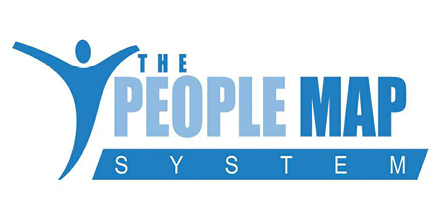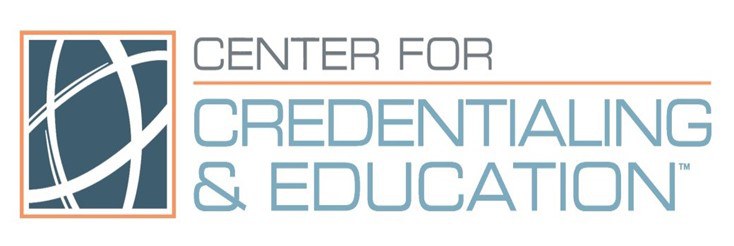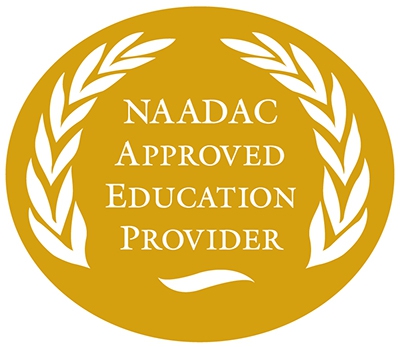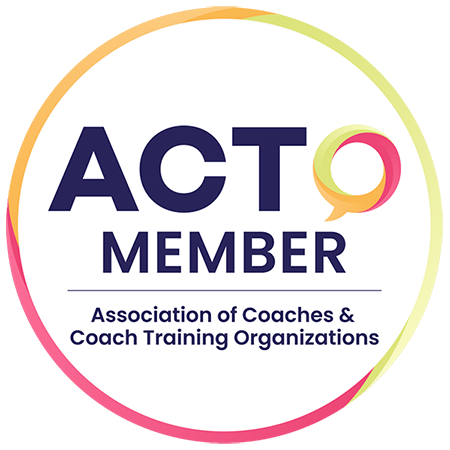
An example of how I have used The Peoplemap with an executive coaching client may prove useful to demonstrate the power of this unique assessment. June (name changed) came to me for coaching. She wanted to improve on her role as Vice President of a department with a major international bank. She was very happy with her work, but having difficulty with her team. Specifically she heard subtle feedback that they often saw her as a tyrant, and that she often appeared aloof. She wanted some coaching that would help her be a better manager.
I told her to be a better manager, she would need to learn to coach her employees rather than limit her interaction to formal supervision or managerial tasks. A good manager brings out the best in individual members so that the entire team improves. As part of my coaching, I told her about the Peoplemap and asked if she would be willing to use this tool and discuss the suggestions with me. She was very willing, having used the Myers Briggs assessment and a 360-degree assessment with her staff. I sent her the Peoplemap questionnaire, which is only 14 questions. She was amazed at the depth of insight generated from her input.
To learn more about the PeopleMap |
June's profile showed her general tendencies to be Leader-Task personality, which is the most common combination for managers. As we reviewed the strengths and the weaknesses of her personality type, she was amazed at the accuracy and similarity to her Myers-Briggs profile. However, she commented on the user-friendly quality of this assessment. When we completed the process, she wanted to give it to her entire team.
As a Leader-Task, June's strengths made her a great manager. To improve on her goals, she used the recommendations to learn:
· More effective communication strategies with the other personality types on her team
· To appreciate each of their unique contributions to the team
· To anticipate potential conflicts before they happened, so that she could address by coaching her team.
· To accept that she was a "results-oriented" person and worked with an attitude of “get the job done.” June accepted this personality trait was both a strength and a weakness.
· To be less resistant to change or letting go of some control.
· That she needed to relax with her staff more, and show them that she could appreciate her staff outside the goals, tasks and results.
We also spent time building on other training, June recently learned about Emotional Intelligence in the workplace. Apart from our coaching, she was beginning to believe that managers needed to care about the humanity of their team and not attach their value to the tasks she wanted them to complete. With the insight from the Peoplemap, she became aware that her potential weakness was overlooking the feelings of others. As a manager/coach, she could treat her staff as responsible adults, and still make place for their emotional needs for validation and a sense of belonging in the workplace.
An effective team is like a family, and relationships will periodically manifest personality conflicts. The Peoplemap can help an entire team understand each member's unique strengths, Achilles heels, and how to communicate and interact with that understanding. June eventually gave the Peoplemap to her whole team, and on subsequent conference calls, we discussed the results. They all felt acknowledged and empowered toward working more effectively as a team. June also earned their appreciation for her openness to the willingness to change.
- Patrick Williams. Ed.D, MCC
from The Peoplemap in Action by E. Michael Lillibridge, PhD




